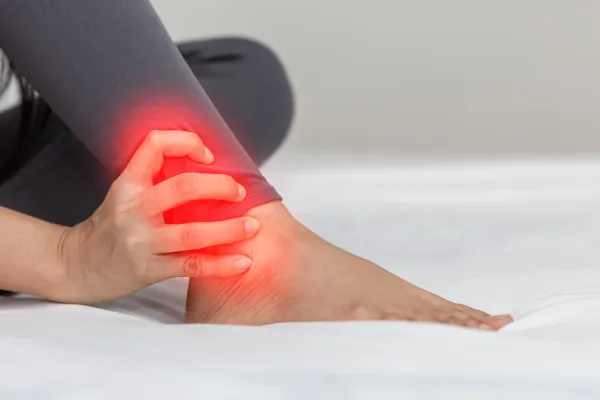Use These Tips for Spontaneous Rupture Dx

Question: Notes indicate that the provider performed an evaluation and management (E/M) service for a new patient recovering from a spontaneous rupture of the ankle and foot. How do I choose an ICD-10 code for this condition, and what is a spontaneous rupture? Oregon Subscriber Answer: First, we’ll talk about the coding. You’ll choose from one of the following ICD-10 codes for spontaneous rupture of the ankle and foot, depending on encounter specifics: Append one of these codes to your E/M code, which will be from the 99201 (Office or other outpatient visit for the evaluation and management of a new patient, which requires these 3 key components: A problem focused history; A problem focused examination; Straightforward medical decision making … ) through 99205 ( … A comprehensive history; A comprehensive examination; Medical decision making of high complexity … ) code set, depending on encounter specifics. Now, for a little info on spontaneous ankle and foot ruptures. Basically, spontaneous tendon ruptures in the ankle and foot are pretty rare; they can occur in the absence of injury, and might be caused by something like inherent weakness. This weakness might be due to medication, advanced age, renal transplantation, etc. Also, diseases like hypercholesterolemia, gout, or rheumatoid arthritis could be the cause of a spontaneous foot and ankle rupture. According to the Foot and Ankle Online Journal, “spontaneous tendon rupture is directly correlated with a combination of mild trauma and chronic degeneration of a tendon. Other contributing factors are systemic diseases, biomechanical abnormalities, fluoroquinolone use, and steroid usage.”



